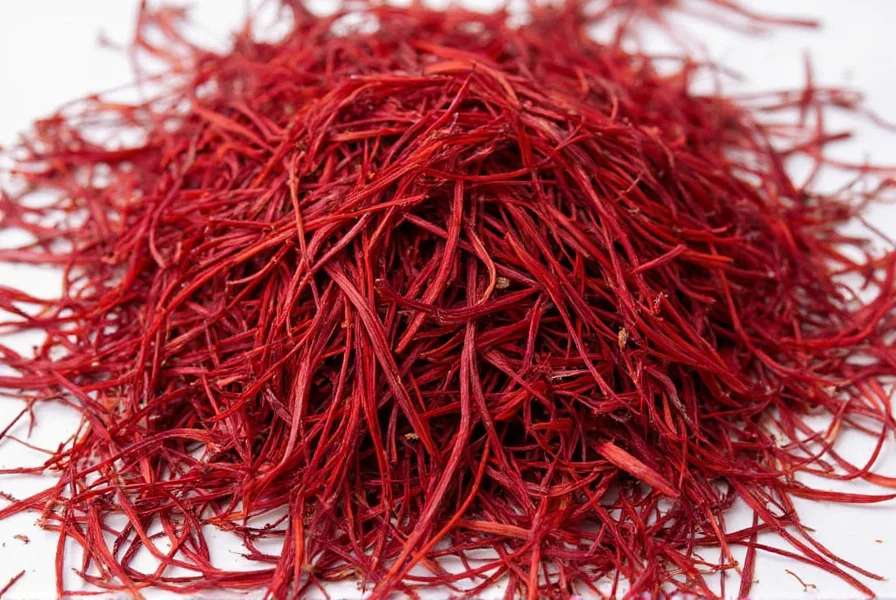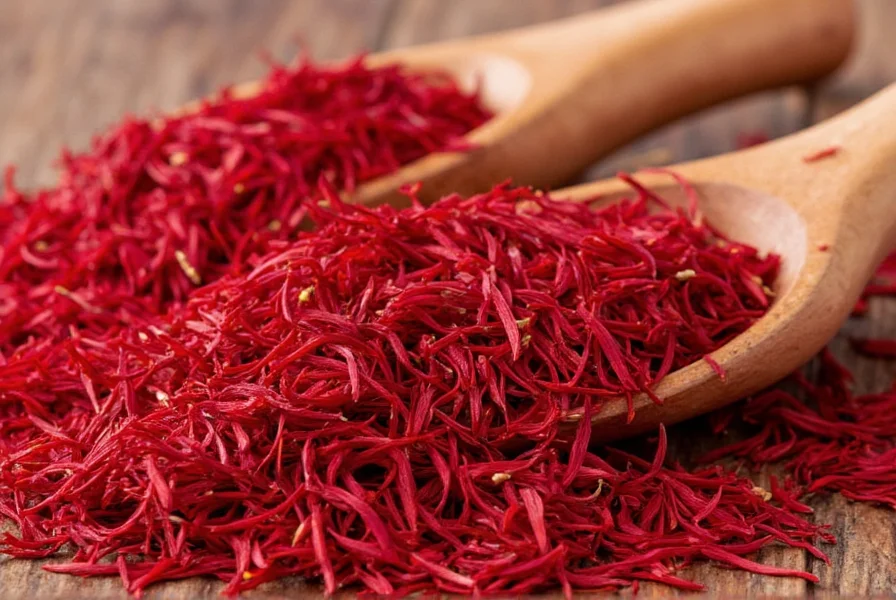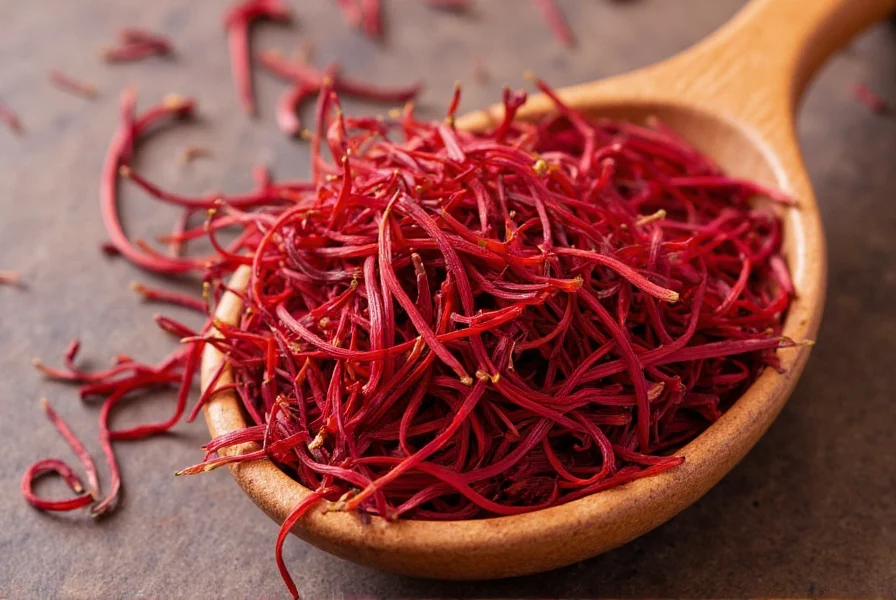As the world's most expensive spice by weight, saffron requires careful consideration when purchasing. Many consumers unknowingly buy adulterated or low-quality saffron due to lack of knowledge about proper identification and sourcing. This comprehensive guide provides essential information for anyone looking to buy saffron that delivers both value and authenticity.
Understanding Saffron Quality Indicators
Authentic saffron consists of the dried stigmas of the Crocus sativus flower. When you buy saffron, examine these critical quality markers:
- Color: Genuine saffron threads display a rich crimson-red color with orange or yellow tips
- Aroma: High-quality saffron emits a distinctive hay-like, floral fragrance
- Texture: Threads should be brittle but not powdery when crushed between fingers
- Water test: Place a thread in warm water; authentic saffron gradually releases a golden-yellow color
| Saffron Grade | Color Intensity | Aroma Strength | Price Range (per gram) |
|---|---|---|---|
| Coupé (Spanish) | Deep red | Strong | $15-$25 |
| Sargol (Persian) | Very deep red | Very strong | $12-$20 |
| Mancha (Spanish) | Red with yellow styles | Moderate | $8-$15 |
| Poushal (Persian) | Red with significant yellow styles | Mild | $5-$10 |
Where to Buy Saffron: Trusted Sources
When you're ready to buy saffron, consider these reliable purchasing channels:
Specialty spice retailers with physical stores allow you to inspect and smell saffron before purchase. Reputable chains like The Spice House or local gourmet markets often carry high-quality saffron with transparent sourcing information. When you buy saffron from these establishments, staff can typically explain origin and harvesting methods.
Certified online specialty merchants provide convenience with proper quality control. Look for websites that display harvest dates, country of origin, and third-party testing results. The best places to buy saffron online include companies specializing exclusively in spices rather than general marketplaces.
Direct from producers in saffron-growing regions (Iran, Spain, Kashmir) offers the freshest product. Some Iranian cooperatives and Spanish farms sell directly through their websites with verifiable harvest information. This approach to buy saffron ensures maximum freshness but requires careful verification of authenticity.

Avoiding Common Saffron Scams
The high value of saffron makes it vulnerable to adulteration. When you buy saffron, watch for these red flags:
- Unrealistically low prices: Genuine saffron costs $10+ per gram; anything significantly cheaper is likely fake
- Powdered saffron: Nearly impossible to verify authenticity; always purchase whole threads
- Vague origin information: Legitimate sellers specify country and often region of harvest
- Excessive yellow styles: More than 15% yellow portion indicates lower grade
- Artificial coloring: Threads that immediately bleed intense color in water
Many consumers looking to buy saffron online fall victim to "saffron powder" products that contain turmeric, paprika, or synthetic dyes. Always insist on whole threads with visible stigmas. If a seller cannot provide documentation of authenticity or refuses to offer samples, consider it a warning sign.
Proper Saffron Storage Techniques
After you buy saffron, proper storage maintains its potency and flavor. Store saffron threads in an airtight container away from light, heat, and moisture. The ideal storage conditions include:
- Dark glass or metal containers (never plastic)
- Cool location (below 70°F/21°C)
- Low humidity environment
- Avoiding temperature fluctuations
When stored correctly, high-quality saffron maintains its flavor and aroma for 2-3 years. For extended preservation, some chefs store saffron in the freezer, though this practice remains controversial among saffron experts due to potential moisture exposure during thawing.

Making Informed Saffron Purchases
Before you buy saffron, determine your intended use. Different grades suit various culinary applications:
- Coupé/Mancha: Best for general cooking where saffron's flavor blends with other ingredients
- Sargol/Poushal: Ideal for dishes where saffron is the star flavor component
- Lower grades: Suitable for coloring rice or sauces where intense flavor isn't critical
Consider purchasing small trial quantities when trying a new supplier. This approach to buy saffron allows verification of quality before committing to larger purchases. Reputable sellers often provide sample sizes specifically for this purpose.
Final Considerations for Saffron Buyers
Understanding how to buy saffron properly transforms your culinary experiences. The investment in quality saffron pays dividends in flavor complexity and dish authenticity. When evaluating where to buy saffron, prioritize transparency, freshness indicators, and reasonable pricing over bargain deals.
Remember that genuine saffron should never be cheap. The labor-intensive harvesting process (each flower produces only three stigmas, hand-picked at dawn) justifies the premium price. By following these guidelines when you buy saffron, you'll consistently obtain the world's most precious spice in its authentic, potent form.











 浙公网安备
33010002000092号
浙公网安备
33010002000092号 浙B2-20120091-4
浙B2-20120091-4